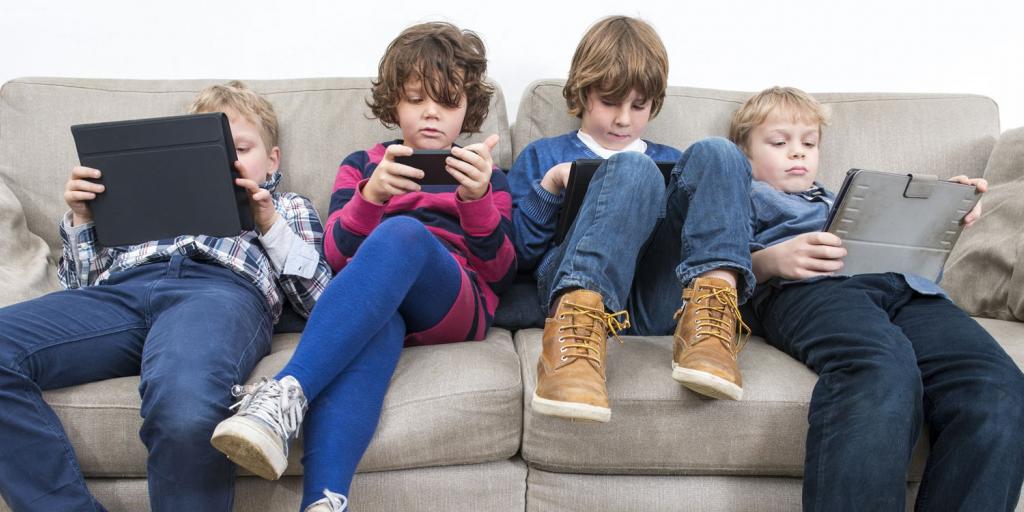
In today’s fast-paced world, it’s all too easy for parents to inadvertently sideline the importance of active play in their child’s development. As screens increasingly dominate our attention, the allure of sedentary activities can overshadow the necessity of movement and physical engagement. However, the consequences of neglecting active play in childhood can be profound and far-reaching.
The Importance of Active Play
Active play isn’t just about burning off excess energy; it’s a fundamental building block of child development. Through movement and physical interaction with their environment, children learn valuable skills that lay the groundwork for future success. From honing motor skills and spatial awareness to developing social bonds and emotional resilience, active play is a critical component of a child’s holistic growth.

The Risks of Neglect
Yet, despite its significance, active play is all too often relegated to the backseat in favor of structured activities or screen time. This shift away from unstructured, physically demanding play poses several risks to children’s development. Without ample opportunities for active engagement, children may experience delays in motor skill development, diminished physical fitness, and increased susceptibility to health issues such as obesity and cardiovascular problems.
Moreover, the absence of active play can impede children’s social and emotional growth. Through spontaneous play with peers, children learn essential interpersonal skills such as cooperation, communication, and conflict resolution. Without these interactions, they may struggle to navigate social situations effectively, leading to feelings of isolation or inadequacy.
Integrating Active Play Into Daily Life
To mitigate these risks, it’s imperative for parents to prioritize active play as an integral part of their child’s daily routine. This means carving out dedicated time and space for unstructured, physically stimulating activities. Whether it’s a game of tag in the backyard, a bike ride around the neighborhood, or imaginative play with kids’ toys indoors, the key is to encourage movement and exploration in a safe and supportive environment.
Popular Active Play Toys for Kids
For parents seeking to enrich their child’s active play experiences, there’s no shortage of toys designed to inspire movement and creativity. From classic favorites like jump ropes and balls to modern innovations such as balance boards and climbing structures, the options are as diverse as children’s imaginations. Some popular choices include:
- Punching bags: Offer a dynamic way for children to release energy, build strength, and improve coordination while engaging in active play. Punching bags come in various sizes and designs, suitable for different age groups and skill levels. They provide an outlet for physical activity and can also help children develop discipline and self-confidence.
- Jump ropes: A simple yet effective way to promote cardiovascular fitness and coordination.
- Scooters and bikes: Encourage outdoor exploration and enhance gross motor skills.
- Play tunnels and tents: Foster imaginative play and physical activity indoors, especially on rainy days.
- Swing sets: Provide hours of entertainment while improving balance, strength, and spatial awareness.
- Hula hoops: Promote core strength and coordination in a fun and engaging way.
Conclusion
In a world where screens increasingly dominate our attention, it’s essential for parents to recognize the irreplaceable value of active play in their child’s development. By prioritizing movement and physical engagement, parents can help their children build essential skills, foster social connections, and lay the foundation for a healthy and active lifestyle.
References:
- American Academy of Pediatrics. (2018). The Power of Play: A Pediatric Role in Enhancing Development in Young Children. Pediatrics, 142(3), e20182058. doi:10.1542/peds.2018-2058
- Burdette, H. L., & Whitaker, R. C. (2005). Resurrecting free play in young children. Archives of Pediatrics & Adolescent Medicine, 159(1), 46–50. doi:10.1001/archpedi.159.1.46
- Ginsburg, K. R. (2007). The Importance of Play in Promoting Healthy Child Development and Maintaining Strong Parent-Child Bonds. Pediatrics, 119(1), 182–191. doi:10.1542/peds.2006-2697
